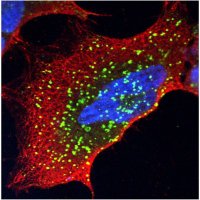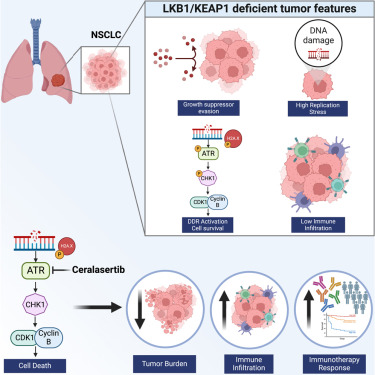
priyanka verma
@priyanka13verma
Assistant Professor @WUSTLmed @SitemanCenter. Interested in "breaks"...
ID: 714091872
https://www.vermalab.org/ 24-07-2012 10:51:35
727 Tweet
629 Followers
434 Following

A baby named KJ, who was born with a rare genetic disorder – CPS1 deficiency – is healed thanks to doctors at the Children's Hospital who administered the world’s first personalized gene-editing treatment. The research team used base editing, a gene-editing method invented by HHMI


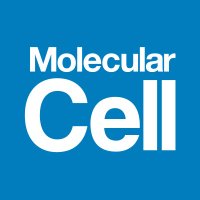
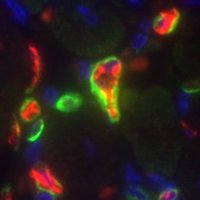




Really excited to share our new study, where we identified ZNF280A, a novel regulator of homologous recombination during DNA repair, linked to the human 22q11.2 distal deletion syndrome. A special shout out to Thomas Clarke for leading the project! nature.com/articles/s4155…

Awesome paper from Steve Jackson Lab and Johannes Walter about USP37 and TRAIP regulating the replication response to topoisomerase inhibitors. Glad to be a part of it. nature.com/articles/s4146…




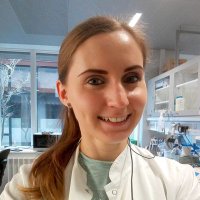
📢 For all HaloTag lovers💙💚💛❤️💜🩶 we are excited to share that our work, in which we developed a new biotin-HaloTag ligand, is now published in Journal of Cell Biology! Full link here: rupress.org/jcb/article-ab…


